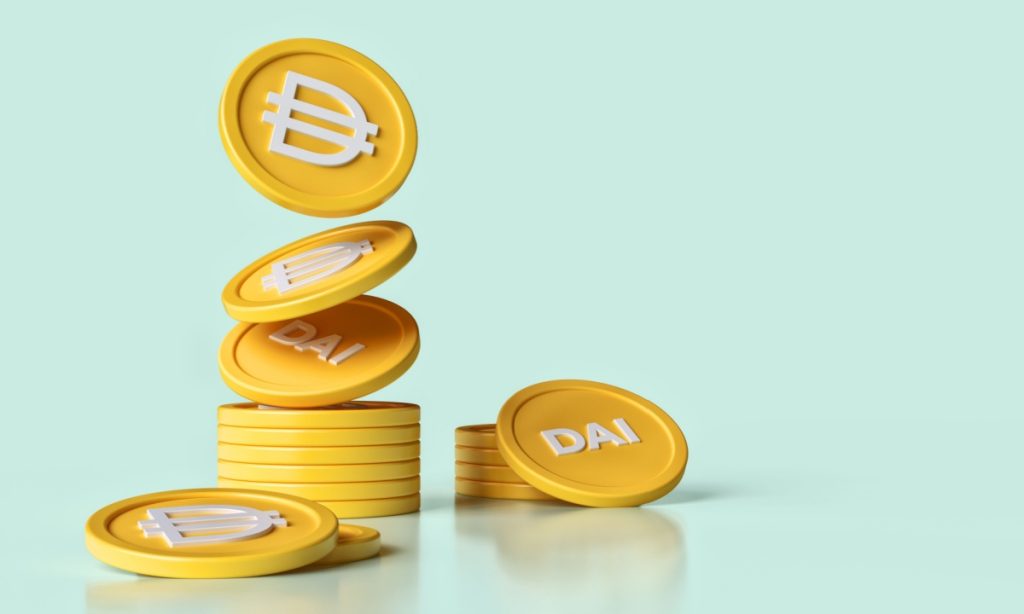Stablecoins are aptly named, as they offer a stable and comparatively safer alternative for those exploring digital assets compared to more erratic cryptocurrencies that usually characterize the market.
While stablecoins function as a link between traditional finance and the emerging digital asset landscape, their reliability hinges on the reserves backing them. In contrast to previous market trends where stablecoins were mainly linked to crypto trading, the current emphasis is on their practical applications, such as cross-border transactions and corporate treasury operations.
It’s essential for stakeholders to grasp who manages these reserves, the nature of the assets behind major stablecoins, and the associated operational and financial risks as they navigate this evolving financial environment.
Tether is one notable example, standing as the third largest cryptocurrency by market capitalization. It accounts for about 70% of the stablecoin market, yet its reserve structure has faced scrutiny. Initially, Tether claimed that each USDT was wholly backed by U.S. dollars; however, later disclosures indicated a more varied reserve, including commercial paper and secured loans, raising questions about asset quality and liquidity in times of market stress.
In light of the European Union’s Markets in Crypto-Assets Act (MiCA), Tether discontinued the issuance and operational support of its euro-pegged stablecoin, EURT, within the region.
For professionals involved in payments, CFOs, and treasury teams, stablecoins are pivotal to harnessing crypto’s potential in enterprise and corporate finance applications, making knowledge of how stablecoin reserves function central to their strategic decisions.
Assessing Stability and Risk in Stablecoins
By examining transparency, reserve composition, and redemption processes, users can evaluate the credibility of a stablecoin and its issuer. Stablecoins backed by cash and bank deposits tend to be more liquid and secure, while those backed by corporate debt or commercial paper carry higher risks but potentially offer greater returns.
The inconsistency in disclosures regarding reserve compositions can belittle the true support behind stablecoins. Reserves made up of less liquid or more perilous assets might not provide the expected stability, particularly during turbulent market periods. The 2023 collapse of Silicon Valley Bank, for instance, exposed vulnerabilities impacting Circle’s reserves and resulted in temporary de-pegging.
Lissele Pratt, co-founder at Capitalixe, explained in an interview: “The short answer is… Stablecoin deposits aren’t protected by government institutions. Some stablecoins, like USDC, assert they are backed 1:1 with reserves like cash or short-term treasuries, but reality is complex with some reserves involving commercial paper or other financial instruments.” He warned that risks fall squarely on the issuer; if something goes wrong, users may bear the consequences, often too late for regulators to intervene to mitigate significant losses. Trust in the issuer is paramount, though recent events have shown how fragile that trust can be.
The conversation around stablecoins has reached a pivotal moment. Lawmakers are tasked with creating policy frameworks that protect consumers and the financial system without hindering innovation.
In the U.S., the Guiding and Establishing National Innovation for U.S. Stablecoins (GENIUS) Act was introduced by Senators including Bill Hagerty of Tennessee and Cynthia Lummis of Wyoming. This act proposes to strike a regulatory balance that allows smaller issuers to operate under state supervision while subjecting larger stablecoin providers to federal regulation.
Looking Ahead: Striking the Right Regulatory Balance
Reports have emerged about major banks and FinTech firms moving to develop their own stablecoins, including companies like Stripe and PayPal. “The adoption of stablecoins will rise only if we can address existing inefficiencies,” stated Tanner Taddeo, CEO of Stable Sea, pinpointing issues such as limited liquidity, slow settlement times, and intricate integrations for large corporate transactions.
Firms are increasingly turning to blockchain-based cross-border solutions, especially stablecoins, for smoother transactions and international expansion, based on insights from PYMNTS Intelligence. “This isn’t about eliminating existing systems but providing an additional alternative. As stablecoins show clear advantages, customers will be drawn to them,” remarked Miles Paschini, CEO of FV Bank. “As more banks integrate blockchain technologies, customers will enjoy more options for transferring value.”



